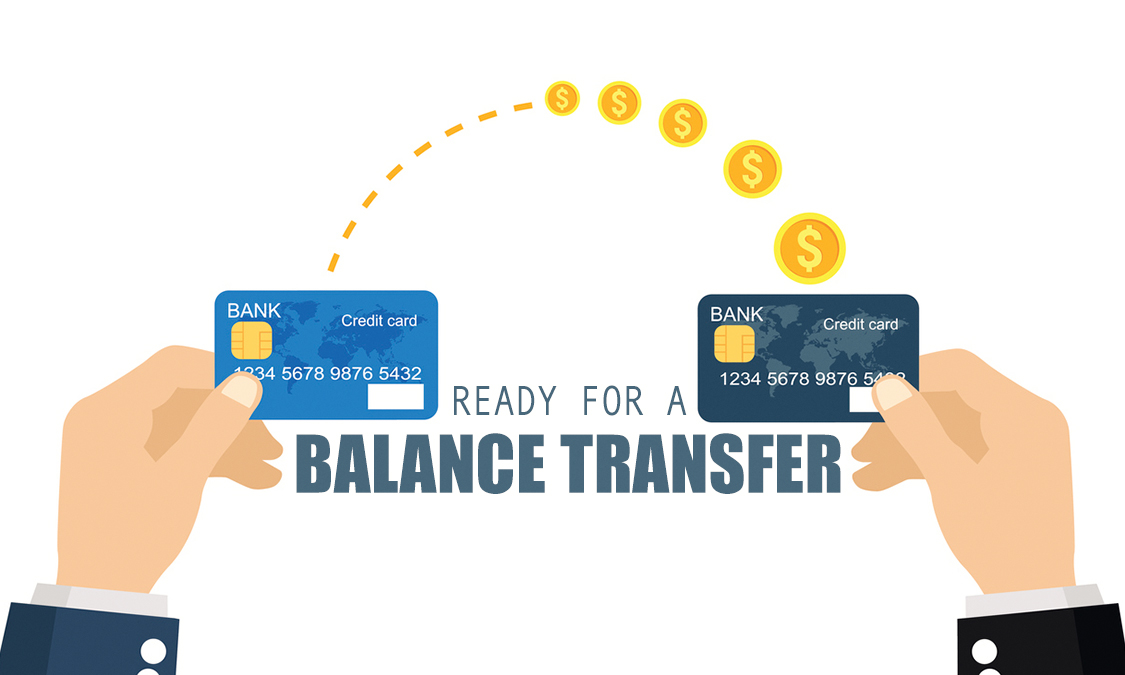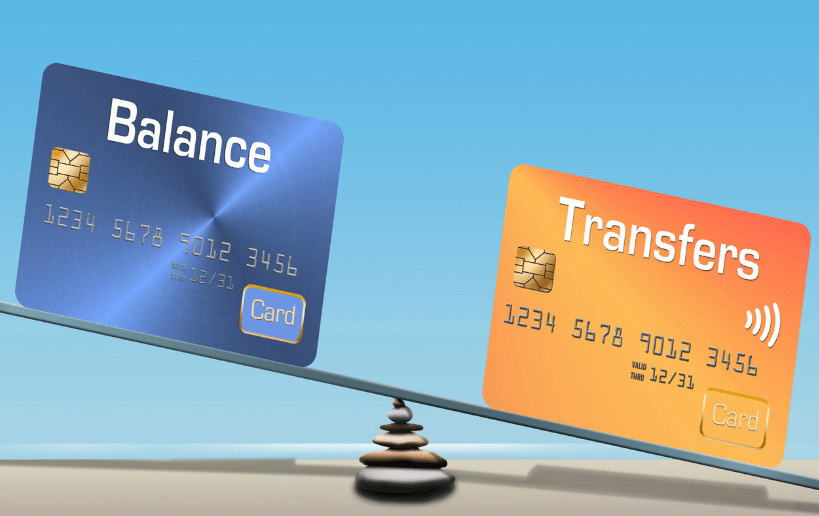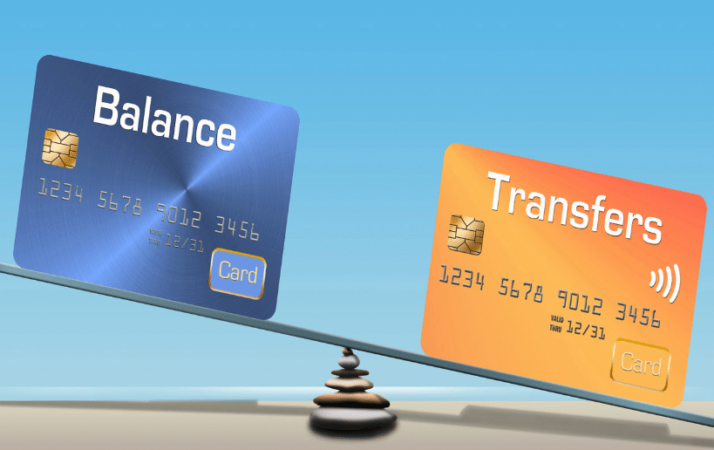
Credit card offers transfer can be a powerful tool for managing debt, but it’s crucial to understand how they work before diving in. These offers allow you to transfer existing balances from high-interest credit cards to new ones with lower interest rates, potentially saving you money on interest charges.
The allure of a lower interest rate is tempting, but it’s essential to carefully consider the terms and conditions of any balance transfer offer. Factors like transfer fees, introductory periods, and eligibility requirements can significantly impact your savings. This guide will break down the intricacies of credit card balance transfers, empowering you to make informed decisions about your debt management strategy.
Understanding Credit Card Balance Transfers

A credit card balance transfer is a financial strategy that allows you to move your existing credit card debt to a new credit card with potentially lower interest rates. This can be a valuable tool for saving money on interest charges and getting your debt under control.
How Balance Transfers Work
Balance transfers involve transferring the outstanding balance from your existing credit card to a new credit card. This is typically done through a process called a “balance transfer request.” When you apply for a balance transfer, the new credit card issuer will typically require you to provide information about your existing credit card, including the account number and the amount of debt you want to transfer. Once the balance transfer is approved, the new credit card issuer will pay off your existing balance, and you will then be responsible for making payments on the new card.
Benefits of Balance Transfers
- Lower Interest Rates: One of the primary benefits of balance transfers is the potential to secure a lower interest rate on your debt. Many credit card issuers offer introductory interest rates of 0% or a very low rate for a certain period, such as 12 to 18 months. This can significantly reduce the amount of interest you pay over time, saving you money and helping you pay down your debt faster.
- Debt Consolidation: Balance transfers can help you consolidate multiple credit card balances into a single account. This can simplify your debt management and make it easier to keep track of your payments. By combining your balances, you may also be able to qualify for a lower interest rate, further reducing your overall interest charges.
Drawbacks of Balance Transfers
- Transfer Fees: Many credit card issuers charge a balance transfer fee, typically a percentage of the amount transferred. This fee can add to the overall cost of the balance transfer and should be factored into your calculations. It’s important to compare transfer fees across different credit card offers to find the most cost-effective option.
- Introductory Interest Rates: While introductory interest rates can be very attractive, they are usually temporary. Once the introductory period ends, the interest rate will revert to the card’s standard APR, which can be significantly higher. If you don’t pay off the balance before the introductory period ends, you could end up paying more in interest than you would have with your original credit card.
- Potential for Increased Spending: Balance transfers can be a tempting way to consolidate debt, but they can also lead to increased spending. If you are not careful, you could end up racking up new debt on your new credit card, negating the benefits of the balance transfer. It’s crucial to develop a budget and stick to it to avoid overspending and getting back into debt.
Types of Credit Card Balance Transfer Offers

Credit card balance transfer offers come in various forms, each designed to attract different types of borrowers with specific needs and financial situations. Understanding the different types of offers can help you find the best option for your circumstances.
Zero-Percent APR Offers
Zero-percent APR offers are among the most popular balance transfer options, providing a temporary period of interest-free borrowing. This allows you to pay down your debt without accruing interest charges, potentially saving you a significant amount of money.
Here are some key features of zero-percent APR balance transfer offers:
- Introductory Period: This is the period during which you’ll enjoy the 0% APR. It can range from a few months to several years, depending on the issuer and the offer.
- Balance Transfer Fee: Most issuers charge a fee for transferring your balance, typically a percentage of the transferred amount. This fee can range from 3% to 5% or more, so it’s important to factor it into your calculations.
- APR After Introductory Period: Once the introductory period ends, the interest rate will revert to the card’s standard APR, which can be significantly higher. This is why it’s crucial to have a plan to pay off the balance before the introductory period expires.
- Eligibility Requirements: To qualify for a 0% APR balance transfer offer, you’ll typically need good credit. Some issuers may also have minimum transfer amounts or other eligibility requirements.
Example: Let’s say you have a $5,000 balance on a credit card with a 19% APR. You find a 0% APR balance transfer offer with a 3% transfer fee and a 12-month introductory period. You transfer your balance to the new card, paying a $150 fee (3% of $5,000). You have 12 months to pay off the $5,000 balance without incurring interest charges. After the introductory period, the APR will revert to the card’s standard rate.
Low-Interest Rate Offers
Low-interest rate balance transfer offers provide a lower APR than your existing card, but not necessarily a 0% introductory period. This can be a good option if you need a longer timeframe to pay off your balance or if you don’t qualify for a 0% APR offer.
Here are some key features of low-interest rate balance transfer offers:
- Lower APR: The APR on these offers is typically lower than the standard APR on your existing card, but not necessarily 0%. This can help you save money on interest charges over time.
- Longer Repayment Term: These offers often have longer repayment terms than 0% APR offers, giving you more time to pay off your balance.
- Balance Transfer Fee: Low-interest rate offers typically have a balance transfer fee, similar to 0% APR offers.
- Eligibility Requirements: You’ll generally need good credit to qualify for a low-interest rate balance transfer offer.
Example: Imagine you have a $10,000 balance on a credit card with a 24% APR. You find a balance transfer offer with a 9% APR and a 4% transfer fee. Transferring your balance to this card will cost you $400 (4% of $10,000). While you’ll still be paying interest, the lower APR will save you money compared to your existing card.
Balance Transfer Bonuses
Some credit card issuers offer balance transfer bonuses as an incentive to attract new customers. These bonuses can take various forms, such as cash back, travel miles, or points.
Here are some key features of balance transfer bonus offers:
- Bonus Type: The type of bonus offered can vary depending on the issuer. Some common bonuses include cash back, travel miles, or points.
- Bonus Amount: The amount of the bonus can be a fixed percentage of the transferred balance or a set dollar amount.
- Eligibility Requirements: To qualify for a balance transfer bonus, you’ll typically need to meet certain criteria, such as transferring a minimum balance or opening a new account.
Example: A credit card issuer might offer a 2% cash back bonus on balance transfers of $5,000 or more. If you transfer a $10,000 balance, you would receive a $200 cash back bonus.
Finding the Best Credit Card Balance Transfer Offer: Credit Card Offers Transfer
Finding the most suitable balance transfer offer involves careful consideration of your individual needs and financial circumstances. It’s important to compare offers from different issuers, focusing on key factors like APR, fees, and eligibility requirements. This will help you find the best balance transfer offer that aligns with your financial goals.
Comparing Balance Transfer Offers
To find the best balance transfer offer, it’s crucial to compare offers from different issuers. Consider these key factors:
- APR (Annual Percentage Rate): This is the interest rate you’ll pay on your transferred balance. Look for offers with the lowest possible APR, as this will save you money on interest charges.
- Balance Transfer Fee: This is a percentage of the transferred balance that you’ll need to pay upfront. Some offers may have no fee, while others may charge a fee of 3% or more.
- Introductory APR Period: This is the period of time during which you’ll receive the lower APR. After the introductory period, the APR will revert to the standard APR.
- Eligibility Requirements: Each issuer has its own eligibility requirements for balance transfers. Make sure you meet the requirements before applying.
Importance of Credit Score and Credit History, Credit card offers transfer
Your credit score and credit history are essential factors in determining your eligibility for a balance transfer offer. A higher credit score generally results in more favorable offers, including lower APRs and potentially waived fees.
- Credit Score: A higher credit score indicates that you’re a responsible borrower. Issuers are more likely to offer lower APRs and better terms to borrowers with good credit.
- Credit History: Your credit history reflects your past borrowing behavior. A positive credit history demonstrates your ability to manage debt responsibly.
Ending Remarks

Navigating the world of credit card balance transfers requires a blend of knowledge and strategic planning. By understanding the various types of offers, carefully evaluating your options, and utilizing these tools wisely, you can potentially reduce your debt burden and pave the way for a more financially secure future. Remember, responsible debt management involves making informed choices and staying proactive in your financial journey.
Expert Answers
What is the best way to find a good balance transfer offer?
Start by checking your current credit card issuer for potential balance transfer offers. You can also use online comparison tools to compare offers from various issuers based on your specific needs and credit score.
How long do introductory 0% APR periods typically last?
Introductory 0% APR periods can vary widely, ranging from 6 months to 21 months. It’s crucial to carefully read the terms and conditions to understand the duration of the introductory period and the APR that will apply afterward.
What are the risks associated with balance transfers?
One of the biggest risks is overspending. If you transfer your balance and then continue to make new purchases on the card, you could end up with even more debt than before. Another risk is the possibility of accruing new debt if you don’t pay off the transferred balance before the introductory period ends.





